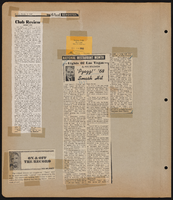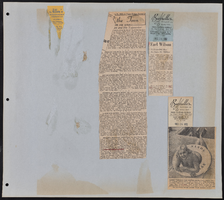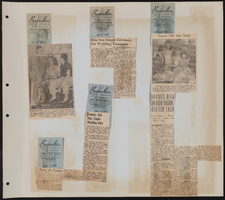Search the Special Collections and Archives Portal
Search Results
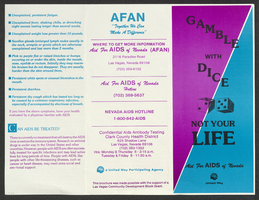
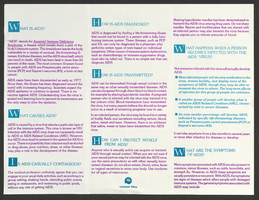
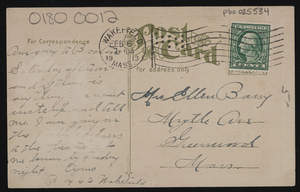
Back of postcard
Date
Description
Image
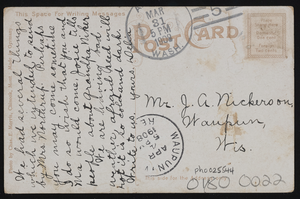
Back of postcard
Date
Description
Image
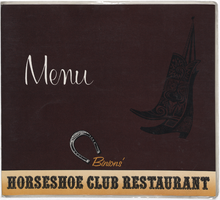
Binion's Horseshoe Club Restaurant menu
Date
Archival Collection
Description
Note: No date on menu. Separate sheet with morning specials clipped to menu Menu insert: Daily Specials Restaurant: Binion's Horseshoe Club Restaurant Location: Las Vegas, Nevada, United States
Text

Marc Franco Casibang oral history interview: transcript
Date
Archival Collection
Description
Oral history interview with Marc Franco Casibang conducted by Catherine Mariano on December 5, 2021 for Reflections: The Las Vegas Asian American and Pacific Islander Oral History Project. University of Nevada, Las Vegas nursing student Marc Franco Casibang shares stories of his childhood moving with his family from Cagayan province, Philippines to different locations around the world. After their international travels, the family immigrated to the United States and lived in South Dakota and Maryland before settling in Las Vegas, Nevada in 2014 when Marc was a high school sophomore. Marc Casibang discusses his experiences as an immigrant in America, learning English and adapting to the culture of the United States, and maintaining his Filipino identity. He shares his thoughts on Filipino stereotypes, the community he and his family have found in Las Vegas, his faith, and his educational pursuits to become a nurse.
Text
L. F. Manis Photograph Collection
Identifier
Abstract
The L. F. Manis Photographs contain photographic prints, photographic slides, and photographic negatives depicting Southern Nevada from approximately 1900 to 1969, with a bulk of the materials dating from 1930 to 1940. The photographs primarily depict the construction, dedication, and various parts of the Hoover (Boulder) Dam, including the dam's upstream and downstream faces, intake towers, spillways, bridges, crest, outlet works, visitors' accommodations, and powerhouse. The photographs also depict Lake Mead, the reservoir created by the Hoover Dam, and the Colorado River, which is dammed by the Hoover Dam. The photographs also include views of desert landscapes in the Southwestern United States, including in Nevada, Arizona, and Southern California. Also depicted in the photographs are the cities of Las Vegas, Nevada and Boulder City, Nevada, including prominent buildings like hotels, casinos, government buildings, and train depots.
Archival Collection

